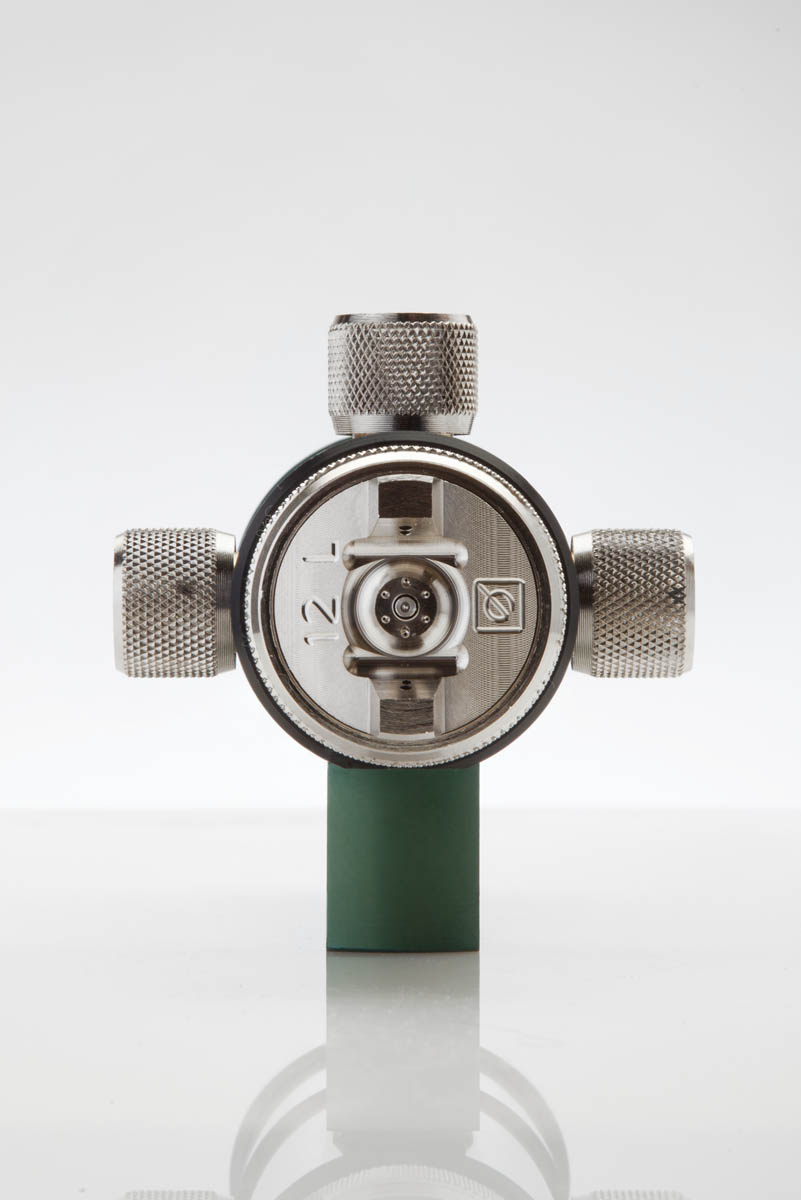
02 Nov What does it mean to have a professional spraygun?
Often when looking for industrial paint spray guns you do not properly focus on the aspect of the transfer with consequent waste of sprayed product.
What is transfer efficiency?
It is simply the ratio expressed as a percentage between the product actually deposited on the surface and the total product sprayed. The higher this percentage, the less paint is wasted in “overspray”.
How can you save money then during the painting phase?
First we must carefully evaluate the surface that we are going to treat, wood, leather and fabric are very porous materials while for example ceramic, stainless steel, iron are absolutely not.
During this phase, the pressurised paint with which we use our professional paint guns will impact on the product creating a rebound that will turn into a mist and dry powders.
These represent waste that must be purified and disposed of, creating an unnecessary economic burden.
For example, think of having to spray a layer of Teflon on a stainless steel pan, it will be much more difficult than applying a light resin on a hide for furniture, therefore you will need to find the right gun that is able to transfer the product without generating excessive mist to be purified.
In the case of several spray guns working simultaneously on large lines or industrial plants, we must check that the same quantity of paint to be sprayed arrives on each single piece, and if necessary install flow regulators for spray guns.
Is lowering the operating pressure in industrial painting sufficient to guarantee savings?
No, lowering the operating pressure too much will affect the spraying capability and finish of the paint, especially on very compact surfaces such as ceramic.
However, today’s technology allows us to choose “how” to transfer according to the processing we have to perform.
In fact, there are HVLP, LVLP, with traditional or volumetric pressure spray guns, each of them able to transfer the sprayed product to optimize the transfer efficiency as much as possible.
In the industrial process, even just a few percentage points can translate into huge economic savings.
How do you choose the right paint gun technology?
The ideal solution would be to test in your own field accompanied by a specialized spray gun technician, if this is not possible, here are some useful tips to make your choice.
HVLP spray guns, short for High Volume Low Pressure, take advantage of the large amount of incoming compressed air to obtain a high-performance finish at low operating pressures, 1.5/2.5 bar.
These are suitable for all types of products to be sprayed including glues and resins (simply choose the appropriate size of needle and nozzle).
Volumetric spray guns exploit the same principle as above and bring these results to extreme values such as operating pressures of just 0.4/0.9 bar.
They require an adequately dimensioned air system and are ideal for large production lines.
Finishing quality slightly lower than HVLP.
LVLP spray guns, short for Low Volume Low pressure, require just a few litres of incoming air and are able to obtain an excellent finish, the product is delivered in a completely uniform and delicate manner.
Particularly suitable for spraying low density products at operating pressures between 1.5 and 2 bar.
“Softpressure” paint guns, patented by us, is a segment of guns that is intermediately placed between a traditional and an LVLP paint gun, in fact it allows traditional finishes at lower operating pressures (2 / 2.5 bar).
Traditional spray guns allow an adequate finish with standard operating pressures between 3 and 4 bar and enjoy a lower transfer efficiency than other product categories.

